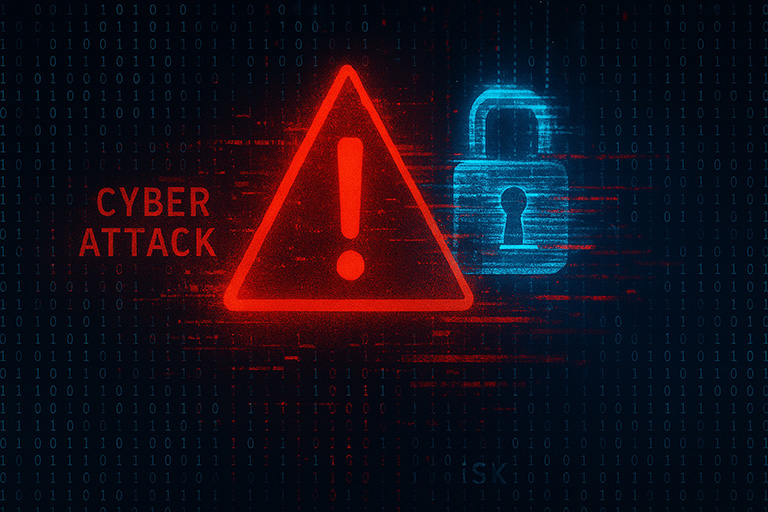.png
)
Introduction
Amidst rapid technological advances, digital transformation is crucial for companies aiming to maintain competitiveness in today’s dynamic market. However, this evolution significantly enlarges the cybersecurity risk landscape.
Understanding the Broader Cybersecurity Challenges
With the adoption of technologies like cloud computing, artificial intelligence, IoT, and sustained remote work models, organizational attack surfaces have drastically expanded. This scenario presents not only unique opportunities for business enhancement and customer interaction but also poses multifaceted security threats.
Chief Information Security Officers (CISOs) are at the vanguard, propelling digital innovations while ensuring the protection of vital assets.
The Expanding Attack Surface
The erosion of traditional security perimeters calls for a strategic shift in managing cybersecurity:
- Advanced attack strategies target misconfigured cloud setups, weak APIs, and outdated endpoints.
- Successful defense strategies require adaptive measures that safeguard data across all access points.
The Five Pillars of Digital Transformation Security
CISOs should focus on a multifaceted approach to effectively steward digital transformation efforts:
- Robust Identity and Access Management: Implementing stringent access controls and adopting zero-trust frameworks to minimize insider and outsider threats.
- Comprehensive Cloud Security: Regular audits and real-time remediation strategies are essential to safeguard cloud infrastructure.
- Enhanced Security Automation: Automating responses to security threats enables faster decision-making and minimizes human errors.
- Employee Security Awareness: Cultivate a security-conscious culture through continuous education on potential cybersecurity threats.
- Vendor Risk Management: Extending cybersecurity practices to third parties to mitigate extended network risks.
Each pillar plays a critical role in securing the digital ecosystem and requires an integrated approach for effective implementation.
Leadership and Vision in Cybersecurity
CISOs must embody both technical acumen and strategic foresight, acting as proactive business leaders rather than just compliance officers. This involves:
- Aligning cybersecurity objectives with business goals to enhance enterprise resilience.
- Fostering strong alliances with executive teams to ensure comprehensive organizational protection.
Through visionary leadership, CISOs empower their organizations to navigate the complexities of digital transformation securely and successfully.
Embracing comprehensive, forward-thinking security strategies not only protects against digital threats but also propels businesses towards sustainable growth and innovation. By adopting these principles, organizations can navigate the digital frontier with confidence and strategic agility.
Related: 7 Critical Ways Generative AI is Revolutionizing Red Team Tactics
Last Updated: April 18, 2025




